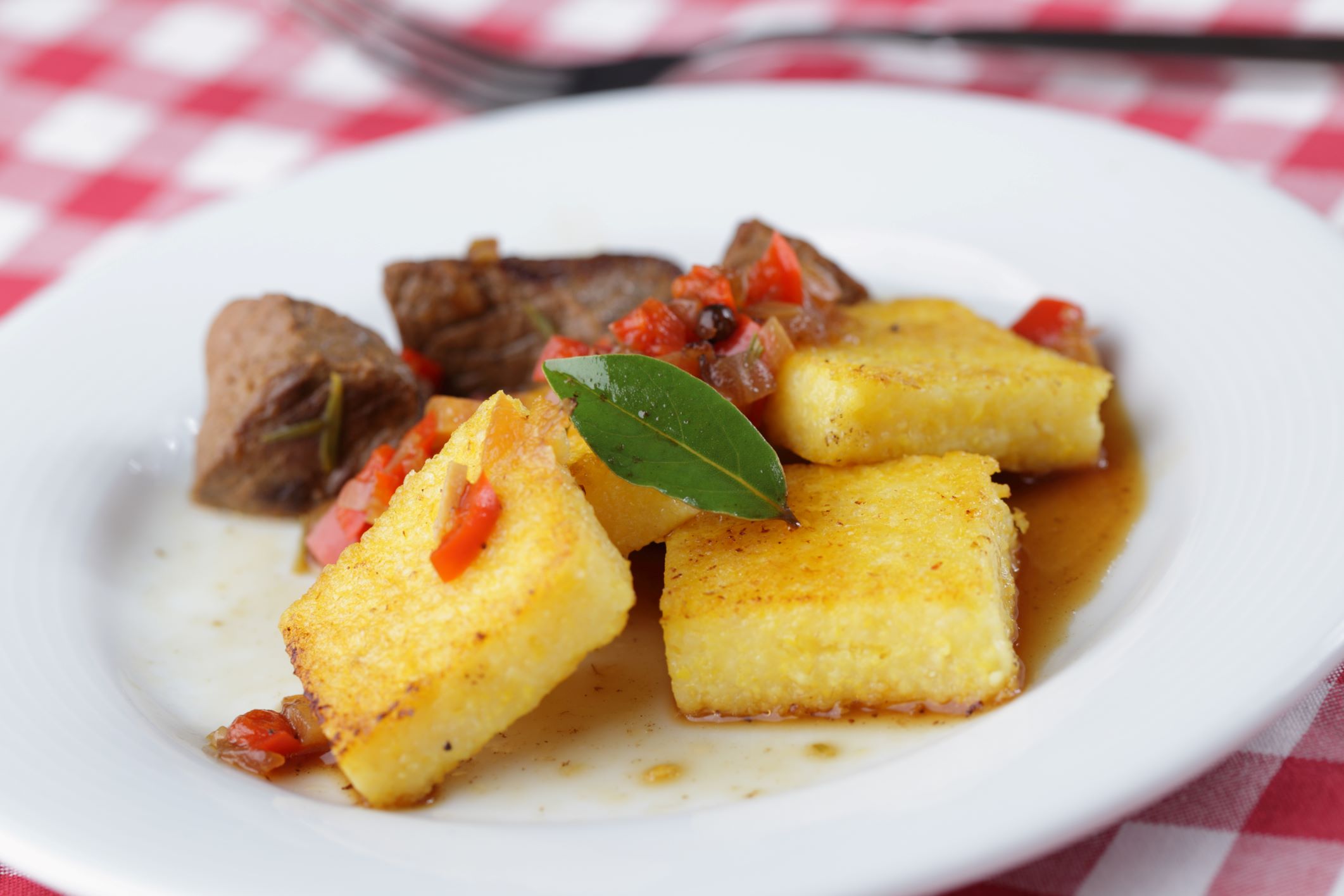

Articles
How To Store Polenta
Modified: August 25, 2024
Discover the best way to store polenta for long-lasting freshness. Read our informative articles for helpful tips and techniques.
(Many of the links in this article redirect to a specific reviewed product. Your purchase of these products through affiliate links helps to generate commission for Storables.com, at no extra cost. Learn more)
Introduction
Polenta is a versatile and delicious dish that has gained popularity in recent years. Made from coarsely ground cornmeal, it can be served as a creamy side dish or as a base for various toppings and sauces. Whether you have leftovers from a big family dinner or you simply want to prepare a batch ahead of time, knowing how to store polenta properly is essential to maintain its flavor and texture.
In this article, we will explore various methods for storing both cooked and uncooked polenta. We will also discuss the proper containers to use and provide tips and tricks to keep your polenta tasting its best. So, let’s dive in and learn the secrets of storing polenta!
Key Takeaways:
- Properly storing polenta is essential for maintaining its flavor and texture. Whether cooked or uncooked, use airtight containers, label with dates, and follow proper freezing techniques to preserve its quality.
- Experiment with flavor variations, portion control, and repurposing leftover polenta to add excitement to your meals. Properly label and rotate stored polenta to ensure freshness and minimize waste.
Read more: How To Store Store-Bought Bread
Types of Polenta
Before we delve into the storage methods, let’s take a moment to explore the different types of polenta. While the basic ingredients remain the same, the texture and cooking time can vary depending on the coarseness of the cornmeal used.
1. Instant Polenta: As the name suggests, this type of polenta is quick-cooking and requires less time and effort. It is made from finely ground cornmeal that has been pre-cooked and dehydrated. Instant polenta is convenient for those who are short on time but still want to enjoy a delicious bowl of polenta.
2. Traditional Polenta: This is the most common type of polenta and is made from coarsely ground cornmeal. It features a hearty texture and a slightly longer cooking time compared to instant polenta. Traditional polenta requires simmering in water or broth until it reaches a creamy consistency.
Regardless of the type of polenta you have, the storage methods remain the same. Let’s move on to learn how to store both cooked and uncooked polenta.
Storing Cooked Polenta
If you have leftovers or you want to prepare a larger batch of polenta in advance, storing cooked polenta properly is crucial to maintain its quality. Here are a few steps to follow:
- Cooling: Allow the cooked polenta to cool completely before storing it. This will help prevent any condensation from forming, which can result in a soggy texture.
- Portioning: Divide the cooked polenta into individual portion sizes. This will make it easier to thaw and reheat only what you need later on.
- Container: Transfer the polenta to an airtight container or resealable freezer bags. Make sure to remove any excess air from the bags before sealing to prevent freezer burn.
- Labeling: Don’t forget to label the containers or bags with the date of preparation. This will help you keep track of the freshness and avoid confusion.
- Freezing: If you plan to store the cooked polenta for an extended period, place the containers or bags in the freezer. Cooked polenta can be stored in the freezer for up to three months.
When you’re ready to enjoy the stored polenta, ensure you defrost it properly. The best way to do this is by transferring the polenta to the refrigerator and allowing it to thaw overnight.
Now that we’ve covered storing cooked polenta, let’s move on to storing uncooked polenta.
Storing Uncooked Polenta
If you have a package of uncooked polenta or have prepared a larger batch but only need to use a portion of it, proper storage is essential to maintain its freshness and prevent spoilage. Here are some steps to follow when storing uncooked polenta:
- Container: Transfer the uncooked polenta to an airtight container or resealable bag. Make sure the container is clean and dry before adding the polenta.
- Sealing: Ensure the container is tightly sealed to prevent any moisture or air from entering. This will help maintain the quality and extend the shelf life of the uncooked polenta.
- Cool, Dry Place: Store the container in a cool, dry place away from direct sunlight. Exposure to heat and humidity can cause the cornmeal to spoil or become rancid.
- Expiration Date: Take note of the expiration date provided on the package. While uncooked polenta has a relatively long shelf life, it is best to consume it before the expiration date for optimal flavor and texture.
By following these guidelines, you can maintain the quality of your uncooked polenta and ensure that it stays fresh for future use. Now, let’s move on to discuss the proper containers recommended for storing polenta!
Proper Container for Polenta Storage
The choice of container plays a vital role in preserving the quality and freshness of polenta. Here are some options for storing both cooked and uncooked polenta:
- Airtight Containers: For both cooked and uncooked polenta, airtight containers are an excellent choice. They help prevent moisture and air from entering, keeping the polenta dry and safe from contaminants. Opt for food-grade plastic or glass containers with a tight-sealing lid.
- Resealable Freezer Bags: Freezer bags are a convenient option for storing cooked polenta. The bags should be specifically designed for freezing to prevent freezer burn. Squeeze out as much air as possible before sealing the bags to maintain the quality of the polenta.
- Vacuum Sealed Bags: If you want to store uncooked polenta for an extended period, consider vacuum-sealed bags. These remove the air from the bag, prolonging the shelf life and preserving the freshness of the cornmeal.
Regardless of the container chosen, be sure to label it with the date of storage. This practice helps you keep track of the freshness and ensures you use the polenta before it expires.
Now that you know how to store polenta and the suitable containers to use, what if you want to freeze polenta for long-term storage? Let’s explore the process of freezing polenta next!
After cooking polenta, spread it out on a baking sheet to cool and solidify. Once cooled, cut it into desired shapes and store in an airtight container in the refrigerator for up to 5 days.
Read more: How To Store Basil From Grocery Store
Freezing Polenta
Freezing polenta is an excellent option if you want to extend its shelf life and have it readily available for future meals. Whether you have cooked or uncooked polenta, freezing it can help preserve its flavor and texture. Here’s how to freeze polenta:
- Cooked Polenta: Allow the cooked polenta to cool completely. Portion it into individual servings or the desired portion size. If using a container, leave some headspace to account for expansion during freezing. For freezer bags, squeeze out as much air as possible before sealing.
- Uncooked Polenta: Transfer the uncooked polenta to a freezer-safe container or bag. Ensure it is tightly sealed to prevent any moisture or air from entering. Label the container or bag with the date of storage for future reference.
Once properly packaged, place the containers or bags of polenta in the freezer. It is ideal to store them flat to save space and allow for easier stacking. Frozen polenta can be stored for up to three months without a significant impact on taste and texture.
When you’re ready to use the frozen polenta, transfer it to the refrigerator and allow it to thaw overnight. Once thawed, you can reheat it using various methods, which we will explore in the next section.
Now, let’s uncover the secrets to reheating polenta to ensure it tastes just as delicious as when it was freshly made!
Reheating Polenta
Whether you have stored cooked polenta in the refrigerator or the freezer, reheating it properly is crucial to restore its creamy texture and delicious taste. Here are a few methods for reheating polenta:
- Stovetop Method: Place the desired amount of cooked polenta in a saucepan. Add a splash of water, broth, or milk to help loosen the polenta. Cook over low heat, stirring frequently, until it is heated all the way through. Add additional liquid if needed to achieve the desired consistency.
- Microwave Method: Transfer the cooked polenta to a microwave-safe dish. Add a tablespoon of liquid per cup of polenta to prevent it from drying out. Heat on high power in 30-second intervals, stirring in between, until the polenta is thoroughly heated. Adjust the cooking time based on the microwave’s power and the amount of polenta being reheated.
- Oven Method: Preheat the oven to 350°F (175°C). Place the cooked polenta in an oven-safe dish and cover it with aluminum foil. Bake for approximately 20 minutes or until the polenta is warmed through. Stir halfway through the cooking time to ensure even heating.
Regardless of the method you choose, keep in mind that the consistency of reheated polenta may be slightly different from freshly made polenta. You may need to adjust the liquid content and stir well to achieve the desired creaminess.
Now that you know how to properly reheat polenta, let’s uncover some additional tips and tricks to enhance your polenta storage and enjoyment!
Tips and Tricks
When it comes to storing and enjoying polenta, here are a few tips and tricks to keep in mind:
- Seasoning: If you plan to store cooked polenta, consider leaving it lightly seasoned. This will allow you to adapt the flavor profile when reheating or using it in different dishes.
- Single-Serving Portions: Pre-portioning cooked polenta into single-serving sizes before storing makes it more convenient to thaw and reheat only what you need. This helps minimize waste and saves time in the kitchen.
- Polenta Variations: Experiment with different flavors and additions to your polenta before storing it. You can add ingredients like grated cheese, herbs, or even cooked vegetables to enhance the taste and create a unique polenta experience.
- Customize When Reheating: Customize your polenta when reheating by adding ingredients like butter, grated cheese, or herbs to further enhance its flavor. This allows you to tailor each serving according to your cravings or the dish you’re pairing the polenta with.
- Label and Rotate: Properly label the containers or bags of stored polenta with the date of storage. It’s important to practice the “first in, first out” method to ensure that you use the oldest polenta first and maintain freshness.
- Portion Control: When reheating frozen polenta, only thaw and heat the portion you plan to consume. This prevents unnecessary waste and maintains the texture and flavor of the remaining untouched polenta.
- Repurposing Leftover Polenta: If you have leftover cooked polenta that you’re not able to consume within a few days, consider repurposing it into polenta fries, polenta cakes, or even a polenta casserole. This way, you can enjoy it in different creative ways.
These tips and tricks will help you make the most of your stored polenta and add versatility to your meals. With proper storage and a little creativity, you can enjoy delicious polenta whenever the cravings strike!
Conclusion
Knowing how to store polenta properly is essential to maintain its flavor, texture, and quality. Whether you have cooked polenta that needs to be preserved or uncooked polenta that you want to store for future use, following the proper storage techniques will ensure that your polenta remains fresh and delicious.
Remember to cool the cooked polenta before storing it, and portion it into convenient sizes for later use. Use airtight containers or freezer bags to protect the polenta from moisture and air. Label and date the containers to keep track of freshness.
When it comes to reheating polenta, you can use various methods such as stovetop, microwave, or oven to ensure that it is evenly heated and retains its creamy texture. Adjust the liquid content and seasonings as needed to achieve the desired consistency and flavor.
By following these tips and tricks, you can make the most of your stored polenta and enjoy its versatility in various dishes. Experiment with different flavor variations, portion control, and repurposing leftover polenta to add excitement to your meals.
So the next time you have leftover polenta or want to prepare a batch in advance, feel confident in your ability to store and reheat it properly. With the right techniques and a touch of creativity, you can savor the deliciousness of polenta whenever you desire.
Happy cooking and storing!
Frequently Asked Questions about How To Store Polenta
Was this page helpful?
At Storables.com, we guarantee accurate and reliable information. Our content, validated by Expert Board Contributors, is crafted following stringent Editorial Policies. We're committed to providing you with well-researched, expert-backed insights for all your informational needs.
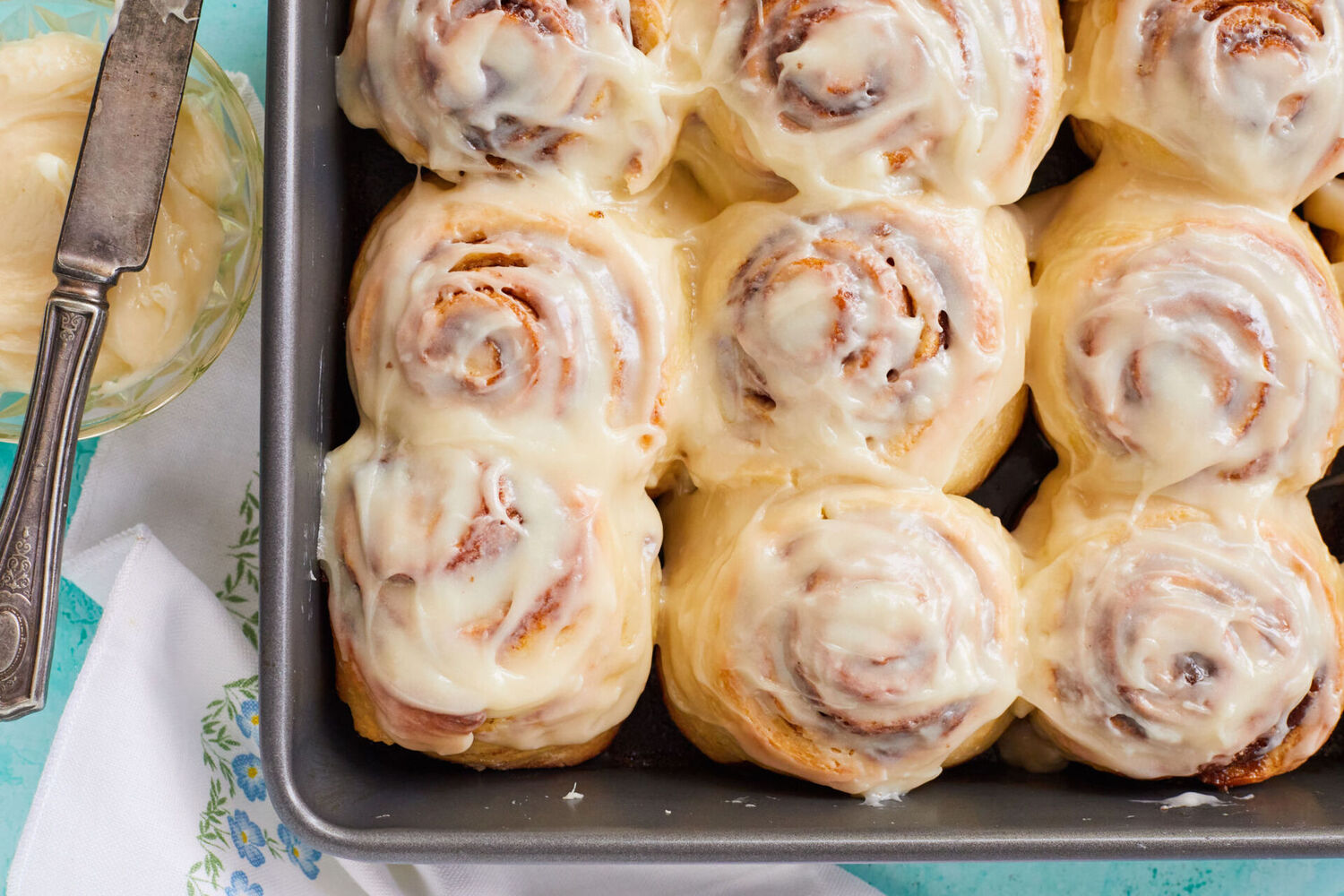

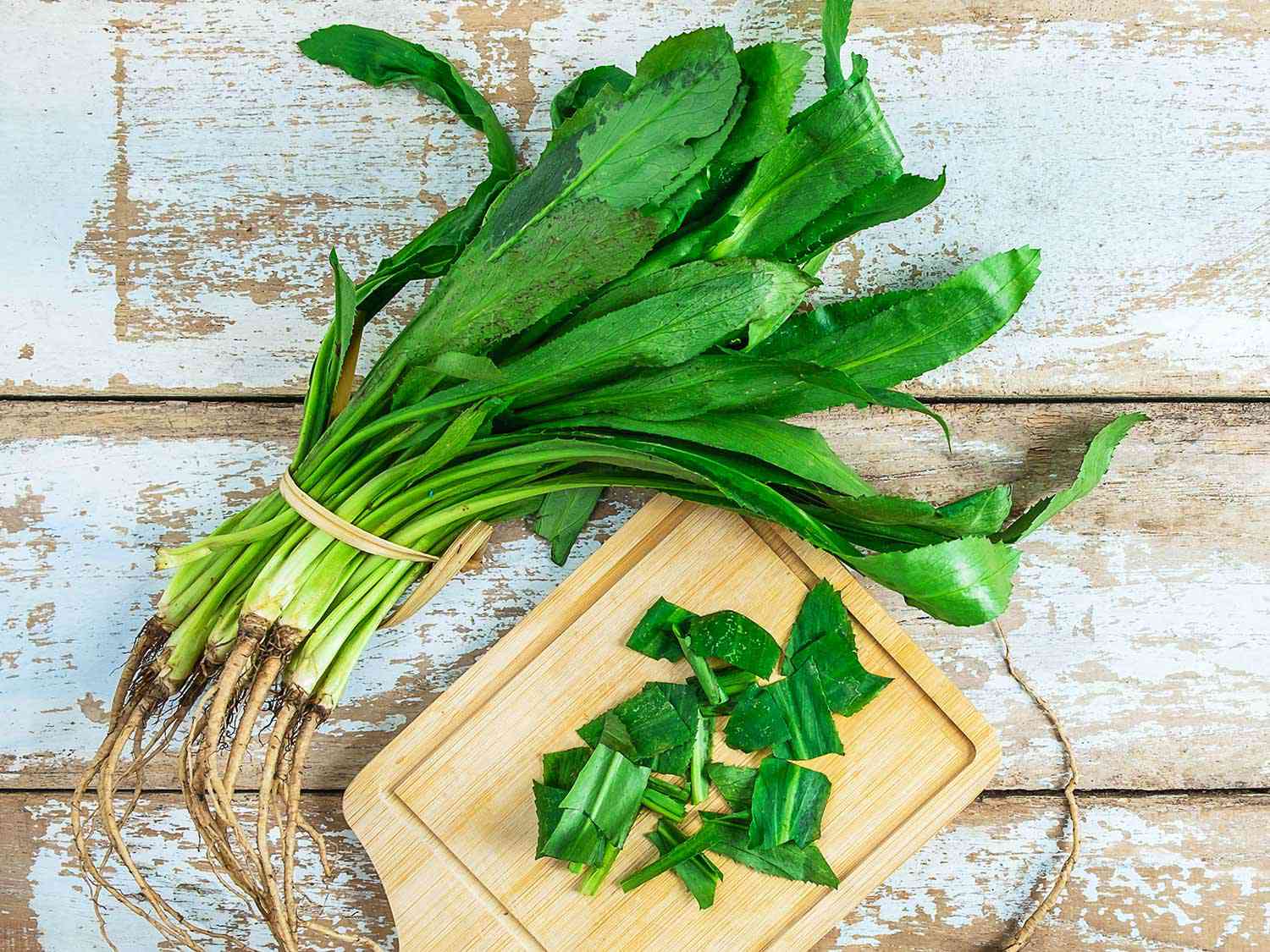

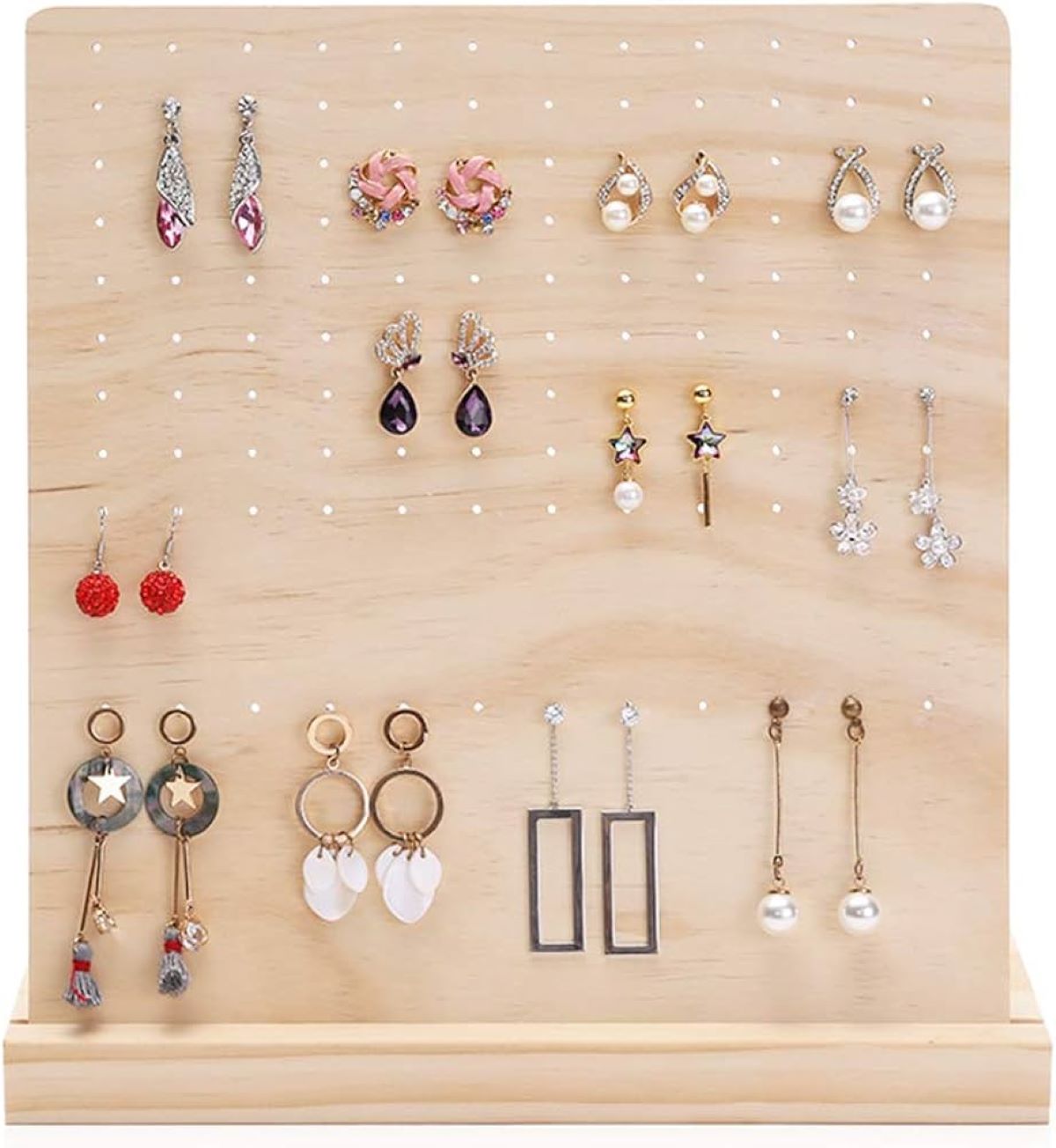
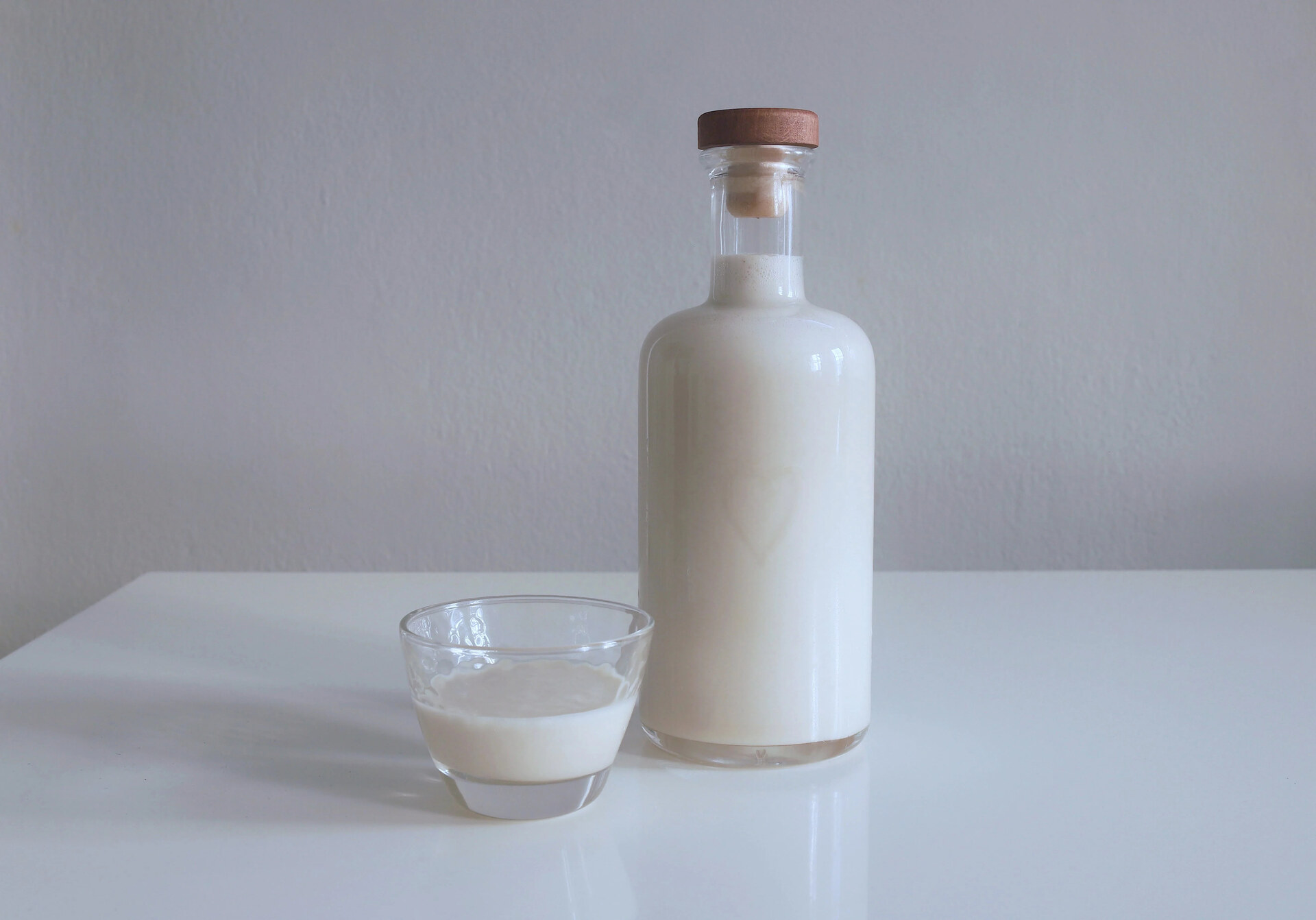
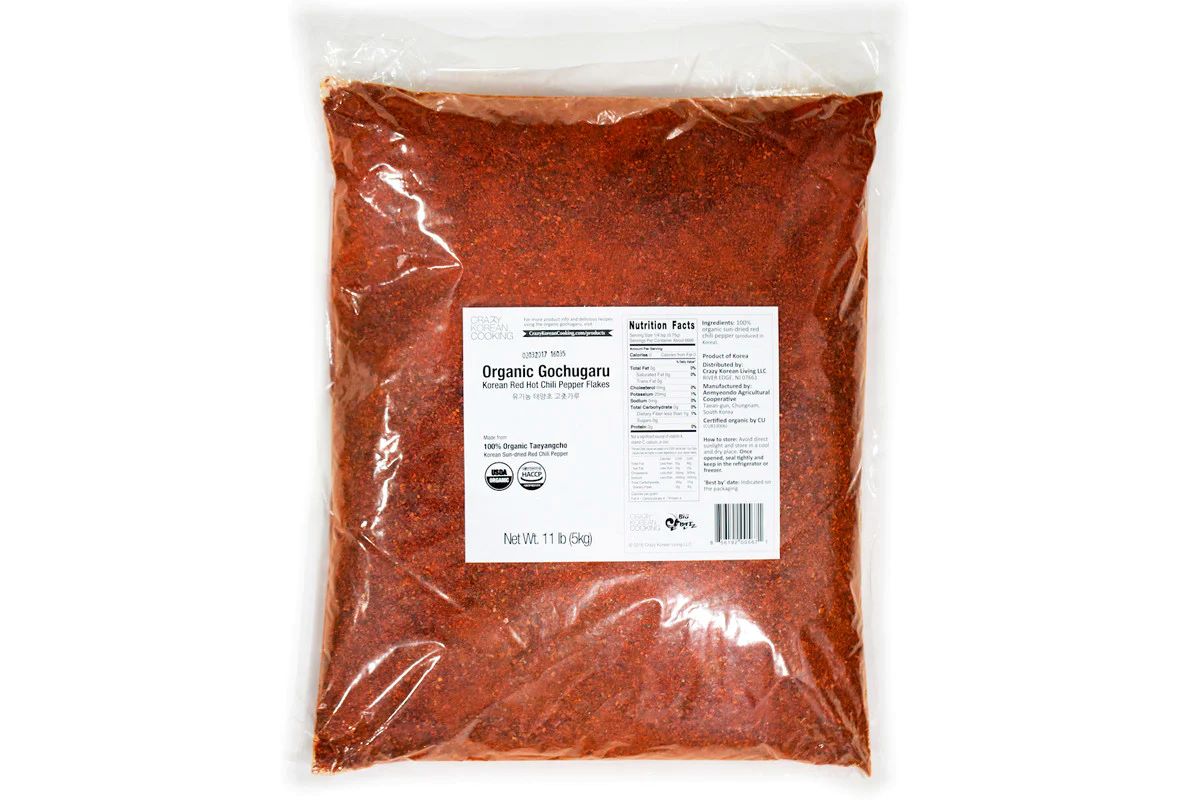




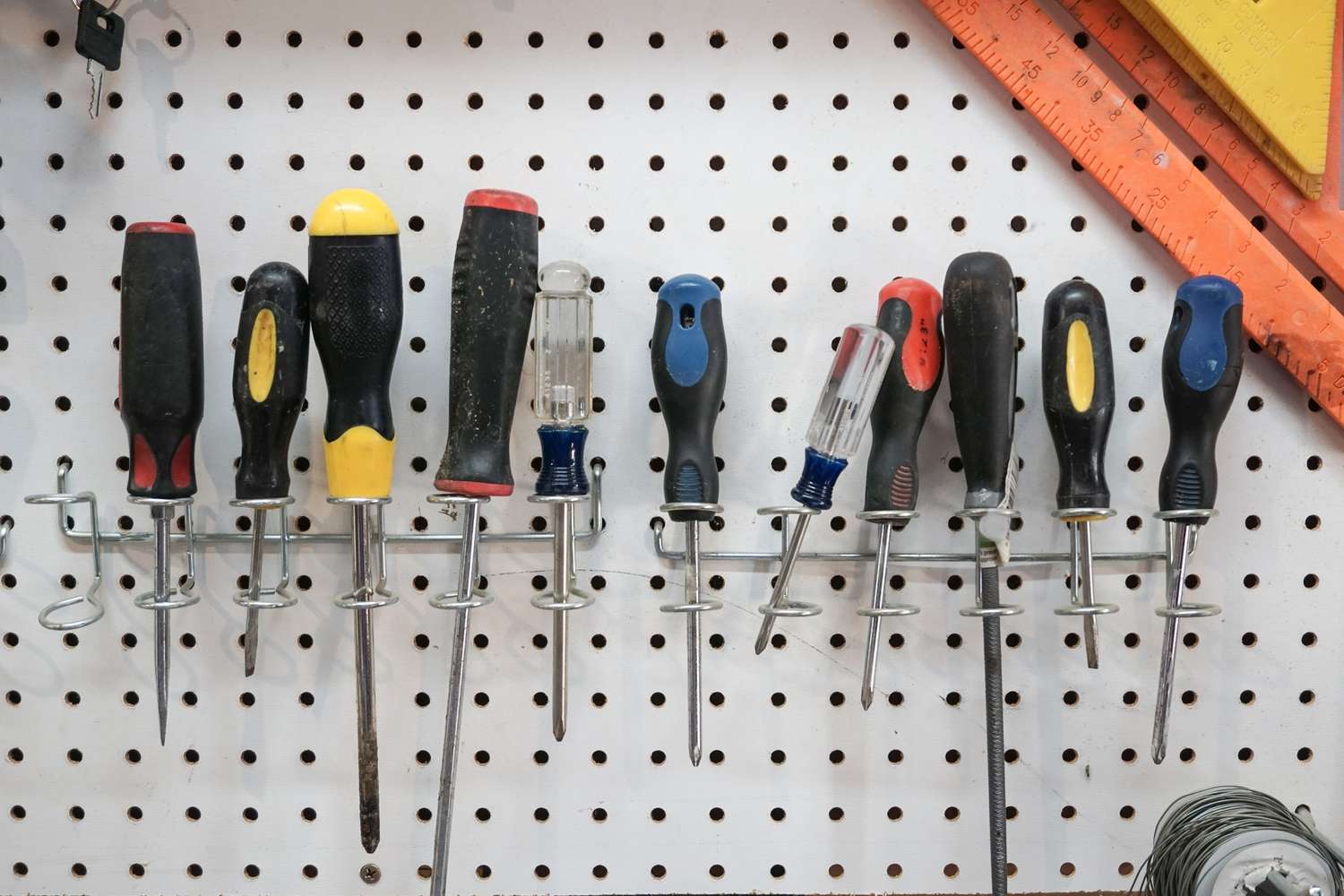
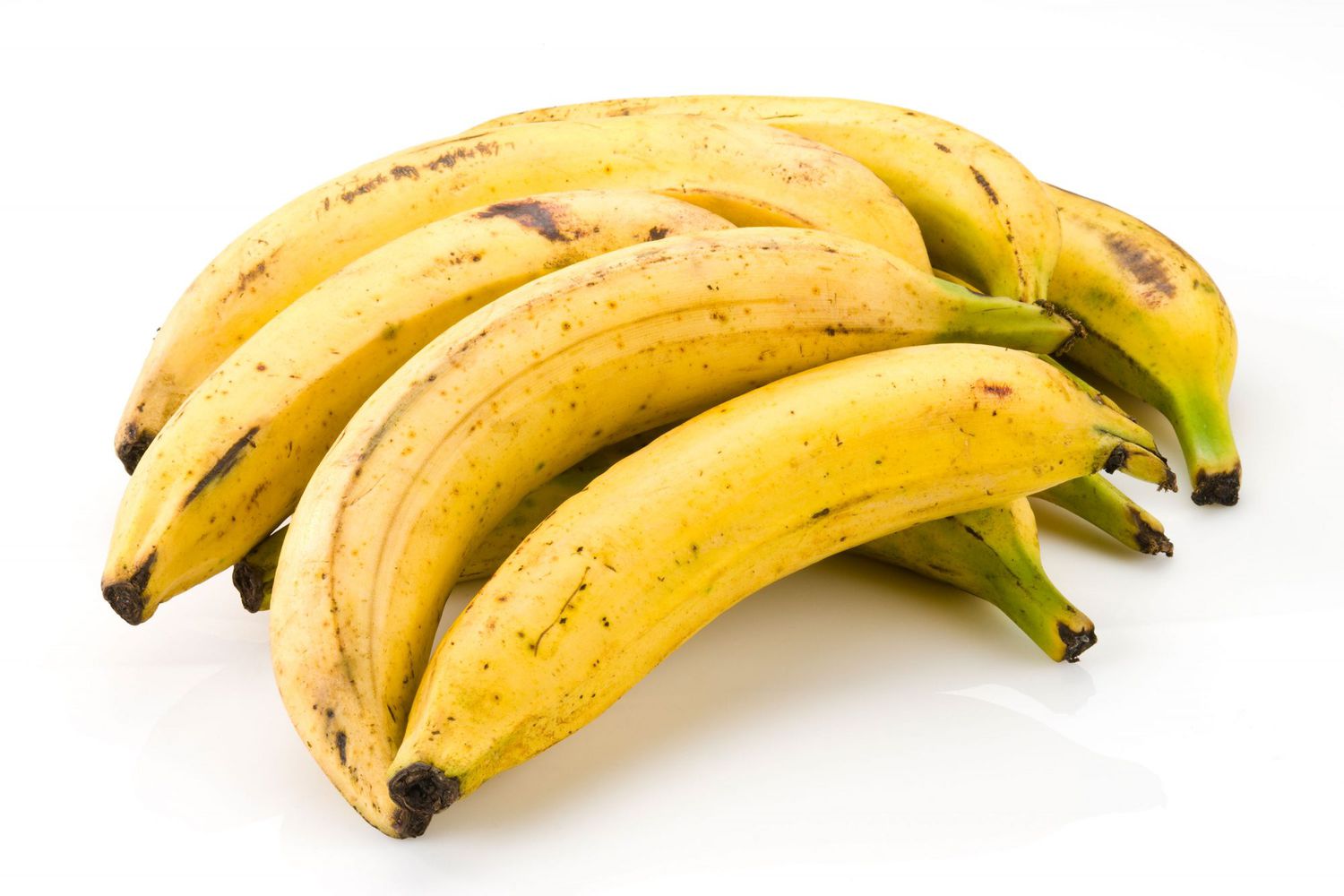


0 thoughts on “How To Store Polenta”